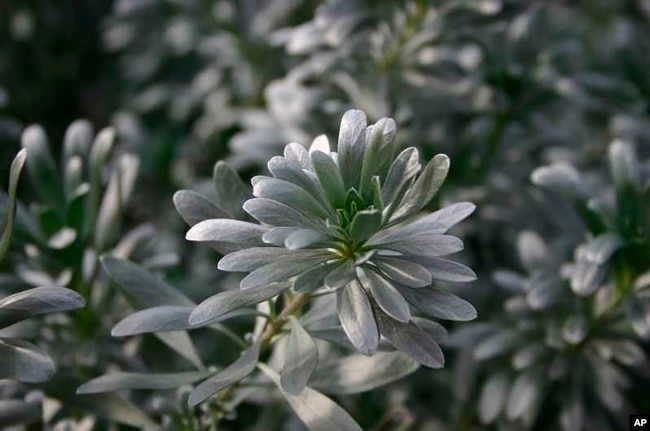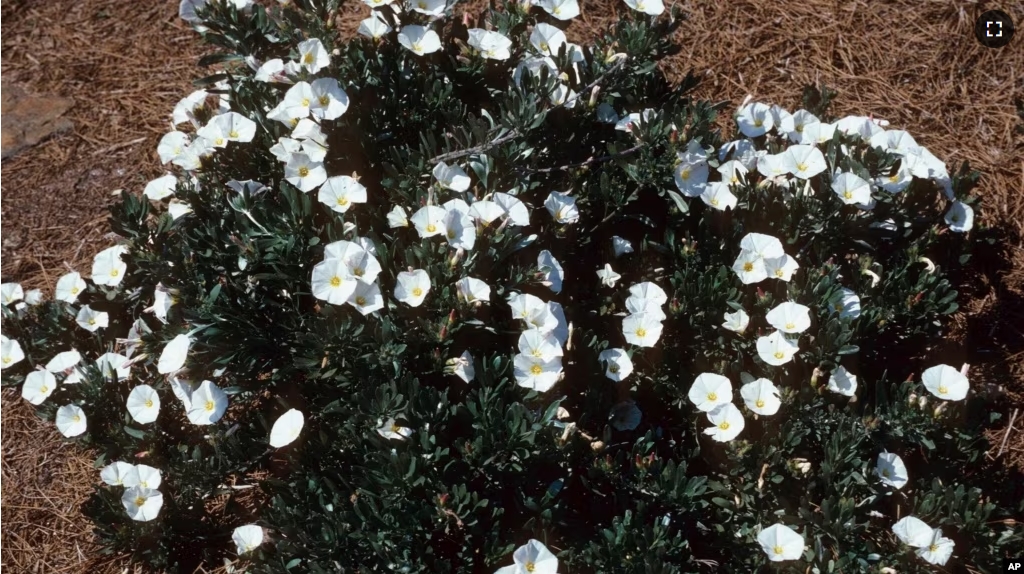Trying to grow grass in the deserts or other dry places can seem like a losing battle. As a result, many people who live in such climates will use rocks, gravel, or man-made materials as groundcover instead of grass.
But there are several tough, low-growing groundcovers that perform well in dry climates. They may not be able to survive the foot traffic that fake grass can. But they appeal to environmentally helpful insects and in many cases make your property look better.
Groundcovers for dry climate
Desert marigold, or Baileya multiradiata, is one such plant. The groundcover has pretty yellow blossoms and silver leaves. They bloom in the spring. The plant requires very little water. However, it lives only one season. People who want desert marigold must plant it every year.
Gold Mound lantana, known as Lantana camara, is a bushy plant usually just over a half-meter tall. Its yellow flowers bloom on and off from spring through autumn and it has low to moderate water needs.
Its relative, trailing lantana, or Lantana montevidensis, grows horizontally. Its purple blossoms brighten the garden year-round. The groundcover has moderate water needs. It favors full sunlight but can survive partial sunlight.
Trailing indigo, or Dalea greggii, is another groundcover that grows well in dry climates. The long-lived plant has blue-gray leaves and pink or purple pea-shaped flowers. It blooms from spring through summer in full or partial sunlight. The plant, which can spread to three meters wide, has very low water needs but could use some watering while in bloom.

Silverbush, also known as Convolvulus cneorum, is a fast-growing evergreen that, in the desert, blooms for about two weeks in spring. The 60-centimeter-tall plant has yellow-centered white flowers with silver leaves.
White evening primrose, Oenothera caespitosa, is usually covered in blooms from spring through summer. But they are only open from late afternoon into morning. The white blossoms develop to light pink, and then darken to deep pinkish-purple. The plant has moderate water needs and performs best in full sun to part shade.
Best time to plant
Early spring is the best time to plant these groundcovers in desert climates.
Gently loosen the soil to about 30 centimeters deep, removing stones and other hard material to permit a clear path for roots. Give some space between the plants. Add mulch or wood chips to keep soil temperature even, prevent weeds, and help hold water.
The best time of day to water the groundcovers is in the morning. To avoid root rot, water the groundcover only when, and as soon as, the soil is completely dry.
I’m Caty Weaver.
Jessica Damiano reported this story for The Associated Press. Hai Do adapted the story for Learning English.
_______________________________________________
Words in This Story
fake – adj. not real; not genuine
bloom – v. to produce flowers
bushy – adj. thick and full
horizontally – adv. positioned parallel to the ground
afternoon – n. the part of the day between noon and evening
rot – n. process of slowly decaying
